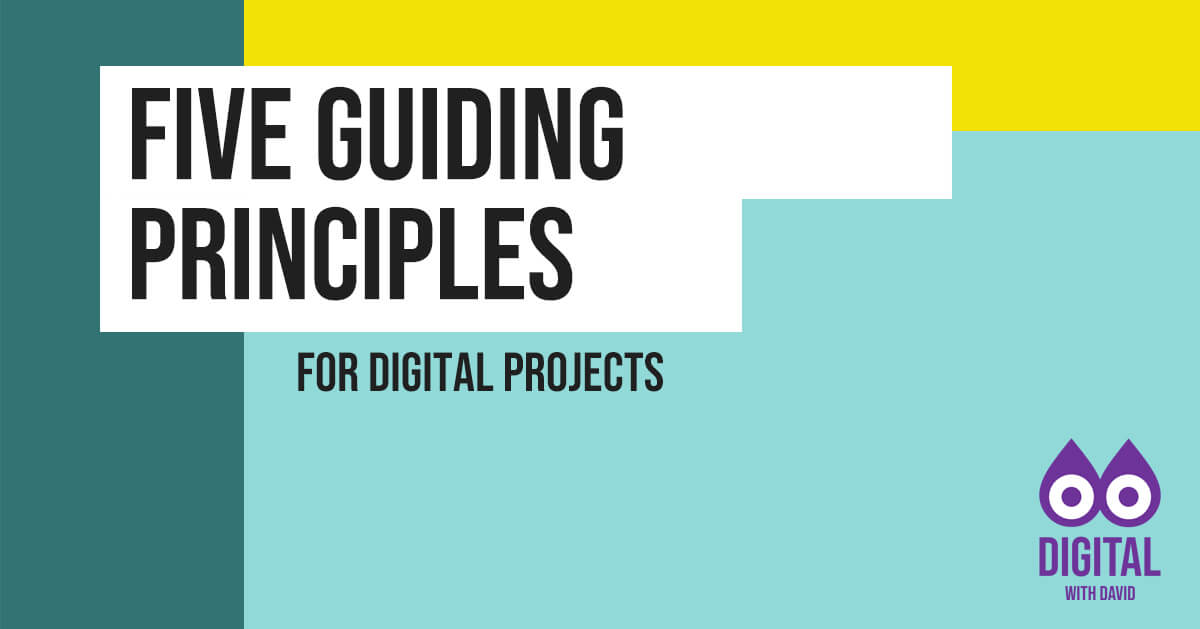The decisions you make about digital projects can unquestionably help influence what you do, why you’re doing it and how it is going to help the end-users.
Decisions need to be based on robust data but never forget the voice of the end-user.
Get close to people
Get to know and understand your user’s problems, what they really need to make their lives easier and what impact this has on a service or the way they work.
Understand the problem
Be sure that any problem you try to solve is the right one and that any assumptions you make are validated and tested. The final solution must deliver real benefits.
Know the system
By fully understanding your systems and ways of working, you can spot those opportunities where the introduction of digital technology or processes can make the biggest difference.
Use digital tools only when appropriate
Only consider a digital solution if it’s useful and of real value to simplify or improve a person’s use of a service, make it more accessible or deliver an improvement.
Build, test, listen and improve
Digital services and solutions must be flexible, able to evolve and change. People who use them must have the best possible experience and do things in the way they choose.
